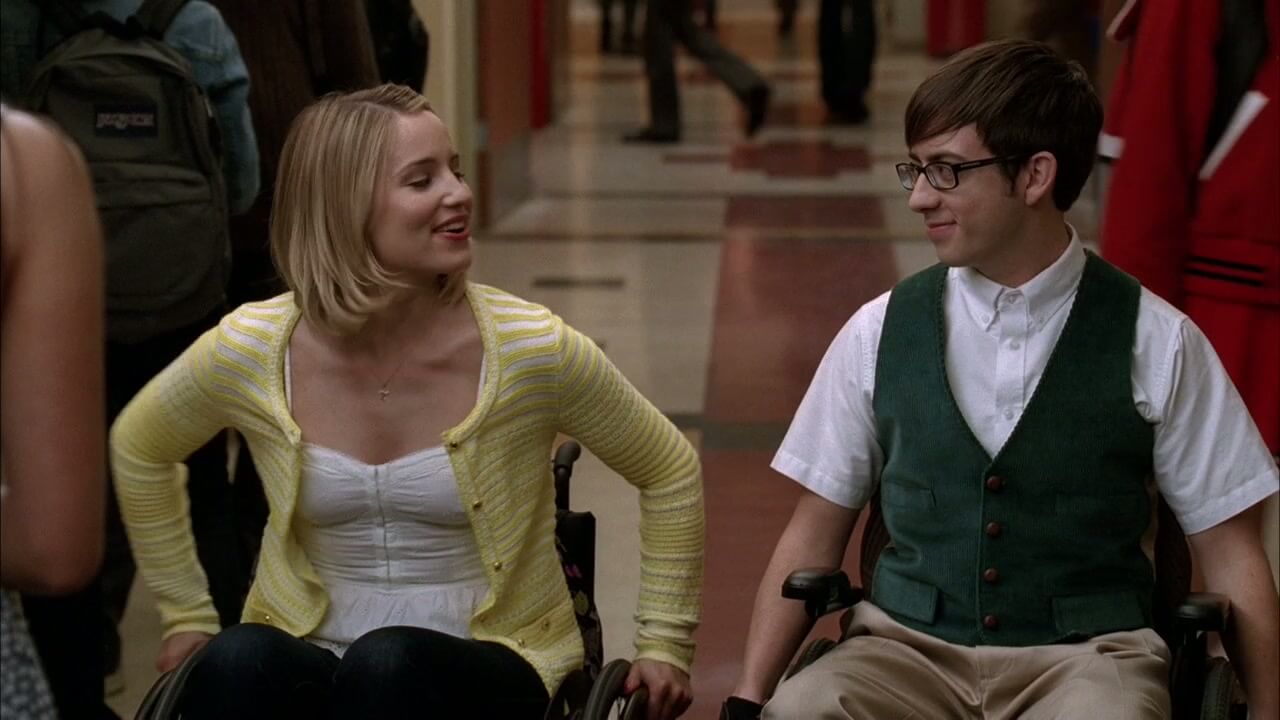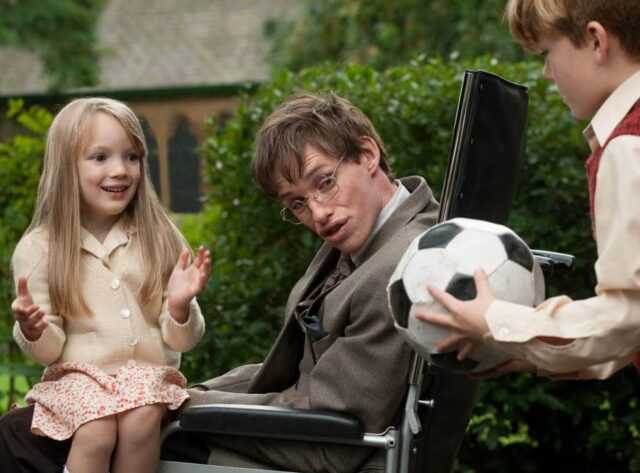Quick question. How many mainstream disabled actors, celebrities or TV personalities can you name? I can’t happen to think of many except for a few notable examples – Liz Carr as Clarissa in Silent Witness and George Robinson playing the first disabled character in the hit Netflix show Sex Education.
The question, per se, wasn’t tricky but the fact that disabled people are still overwhelmingly absent from our screens and public life in general.
Disabled people are the largest minority group in the world and the most under-represented group in TV as well.
According to the Creative Diversity Network’s (CDN’s) latest Diamond report, in the UK, disabled people make up just 5.2 per cent of contributions off-screen and 7.8 per cent on-screen, despite a 17 per cent working-age disabled population in the country. This data is very much applicable in almost every country perhaps with even lesser representation.
Read more: ResearchED: The Western Music Industry Hates BTS And They Are Not Even Trying To Hide It
Disability Don’t Rhyme With Pity
Even if disabled people do get representation, they are often singled out as sob stories, often as objects of pity with their disability the main focus. There’s this outdated yet pervasive perception that disabled people aren’t romantic, desirable, or sexy which makes them categorically unfit for the main or powerful lead-in shows.
“All those pitiful portrayals of us on-screen perpetuate the stereotypes and how people perceive us in our daily lives. It turns out that we’re still very much seen as medical problems and not independent human beings who are multi-skilled, who live very diverse lives and have a lot to offer”, says Balamory star Kim Tserkezie, who has been in the industry for 25 years.
Staggering amounts of unconscious bias about disability persist in the TV industry. Due to this a few groundbreaking disabled-led TV series have been declined at the commissioning stage over minor technicalities.
Disabled people are not sob stories or pitiful objects. They, too, just like any other person play so many different roles in society. They are parents, friends and partners, however, we don’t see that reflected due to the stereotypes that shroud the community.
We have unconsciously rhymed disability with ‘pity’ and that’s the reason why they have been playing ‘the disability issue’ even if they don’t want to. Because that’s the role we, as a society, have assigned to them irrespective of the facts.
The fact that non-disabled actors are hired to play the roles of disabled characters further prevents disabled actors from building any profile. Disability isn’t a challenge that needs to be played by perfectly able actors like Eddie Redmayne who got nominated for an Oscar for playing the part of Stephen Hawking.
It’s high time that reality shows start casting disabled people without making it all about their conditions, without any of the garbage about how disabled people are “so brave” when they are no different than any non-disabled person, just living their lives.
Images credits: Google images
Sources: The Cosmopolitan, The Guardian, The Independent
Find the blogger at @sejalsejals38
This post is tagged under: Disable people, disabled representation in TV, Liz Carr, Silent Witness, George Robinson, Netflix show Sex Education, Sex Education, Balamory star Kim Tserkezie, Eddie Redmayne, Stephen Hawking, Abigail Heringer, The Bachelor, Kelsey Owens, Siesta Key, Why there’s a lesser representation of disabled people in TV, Why are non-disabled people are playing the part of disabled, Why are disabled people often singled out? Are disabled people the same as normal people, How many mainstream disabled actors, celebrities or TV personalities are there, Is there any mainstream disabled actors, celebrities or TV personalities
Other recommendations:
Watch: 6 Bollywood Celebrities Spaces Designed By Gauri Khan

































